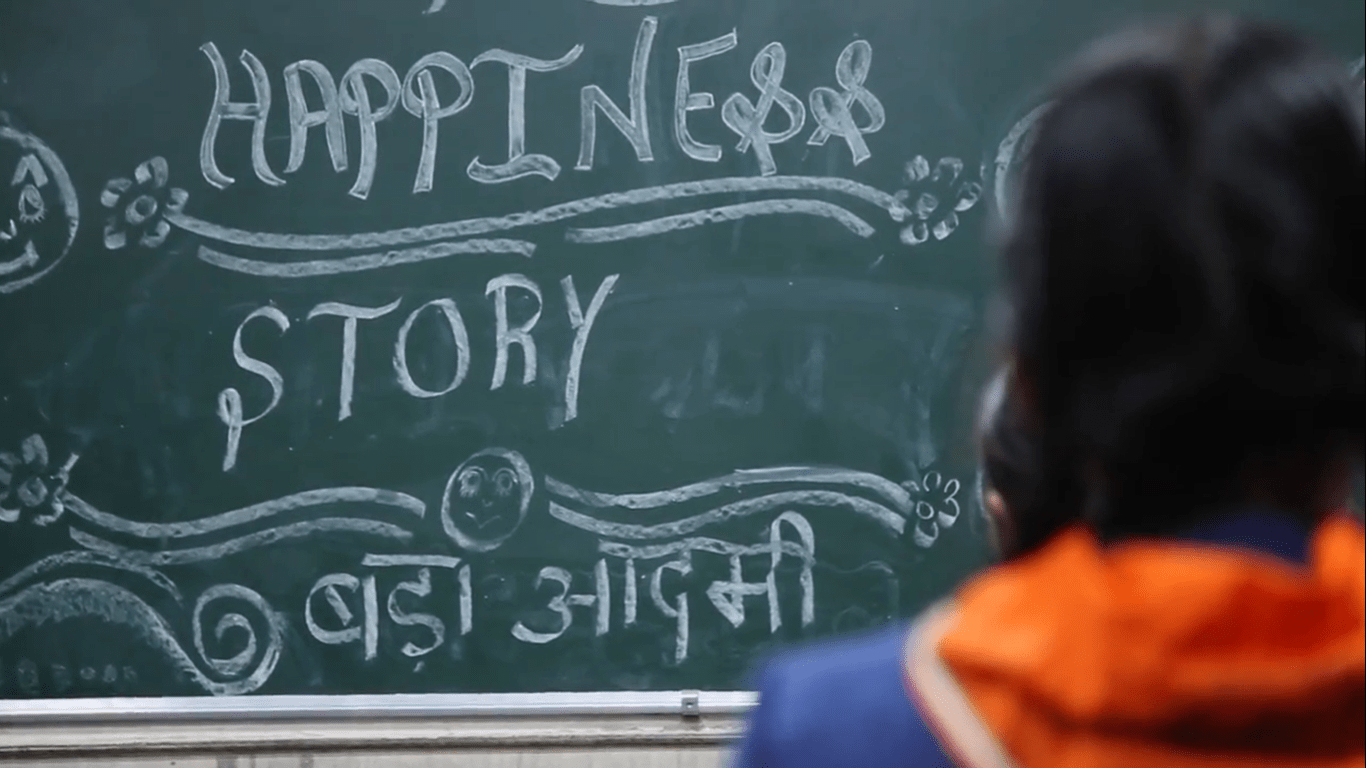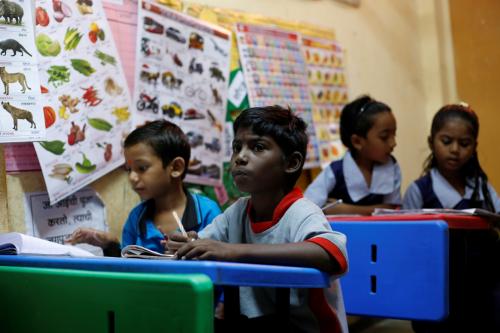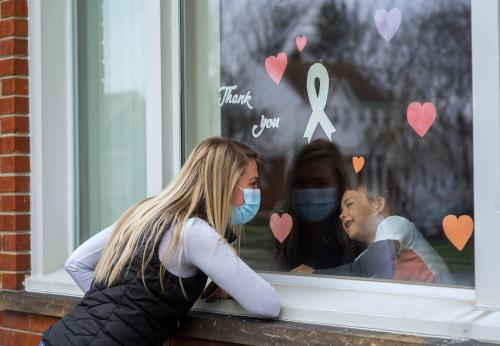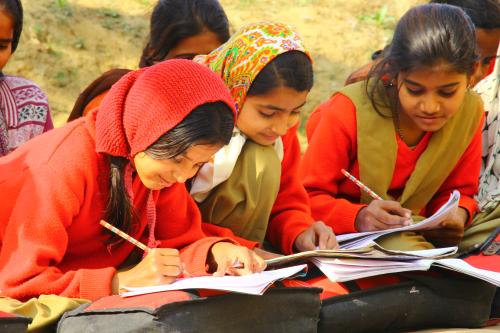There is a global learning crisis, as education systems around the world are struggling to provide a high-quality education that will prepare students to succeed in an interconnected, rapidly changing world (Desai, 2018). In addition, a majority of children in public education systems are first-generation school-goers or learners and do not have some of the required capacities to engage in learning due to adverse childhood experiences (Kennedy, Pearson, Brett-Taylor, Talreja 2014). Education has a large purpose to serve, and recent research suggests that a primary purpose is to create confident, mindful, responsible, and happy individuals that contribute. In today’s society, developing literacy and numeracy skills is not enough, and students must learn how to think critically, interact effectively, and work collaboratively. In addition, with increasing global challenges, such as income inequality, poverty, growing intolerance, and rising suicide rates of students, there has been a growing focus on promoting student happiness and well-being (Twenge, Cooper, Joiner, Duffy, & Binau 2019). In July 2018, the Delhi government launched the Happiness Curriculum (HC) in 1,030 government schools from kindergarten to Grade 8, to focus on the holistic development of all learners. This is consistent with the vision for India’s education system as outlined in the New National Education Policy 2019, as well as the global Sustainable Development Goal (SDG) 4.
As part of the program, students spend one period each day in Happiness Classes engaging in a variety of games, reflective conversations, storytelling, guided practice for mindfulness, role-playing, and presentations. These activities are designed to target essential skills, as well as the more holistic competencies believed to contribute to happiness and well-being.
The study upon which this report is based was designed to complete the first step toward an evaluation of the program. This step was to develop tools that would provide information to schools, nongovernment organization implementers, and government agencies concerning student and teacher adoption of the desired outcomes of the HC. The two surveys developed—one for students and one for teachers—reflect factors which are aligned with the HC objectives and learning outcomes. For anticipated use in evaluation studies, the two surveys provide a basis for the capture of student and teacher functioning on the factors of interest.
This report provides:
- a summary of the factors believed to contribute to happiness, as reflected in the HC;
- information about the process undertaken to develop a survey approach to measuring these factors; and
- a description of the issues confronting educators as they evaluate the program.
Photo credit: Christopher Scott Carpenter
The Brookings Institution is committed to quality, independence, and impact.
We are supported by a diverse array of funders. In line with our values and policies, each Brookings publication represents the sole views of its author(s).








